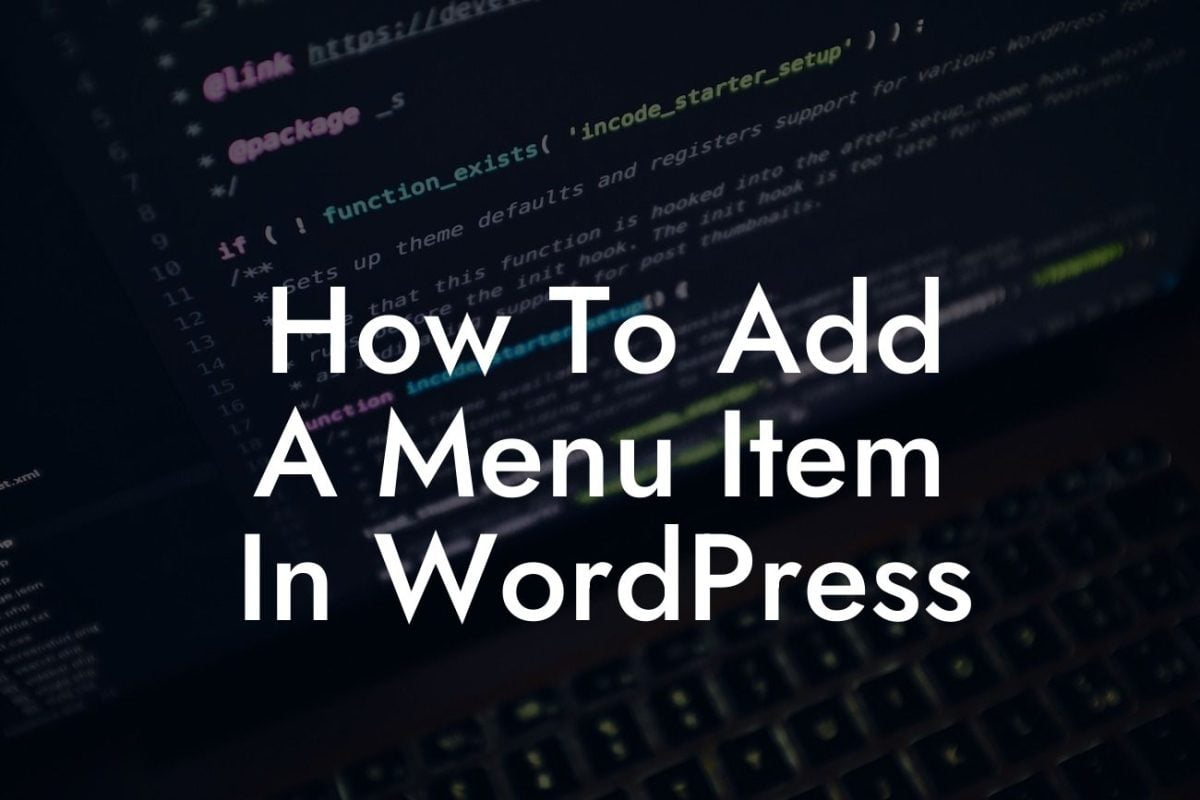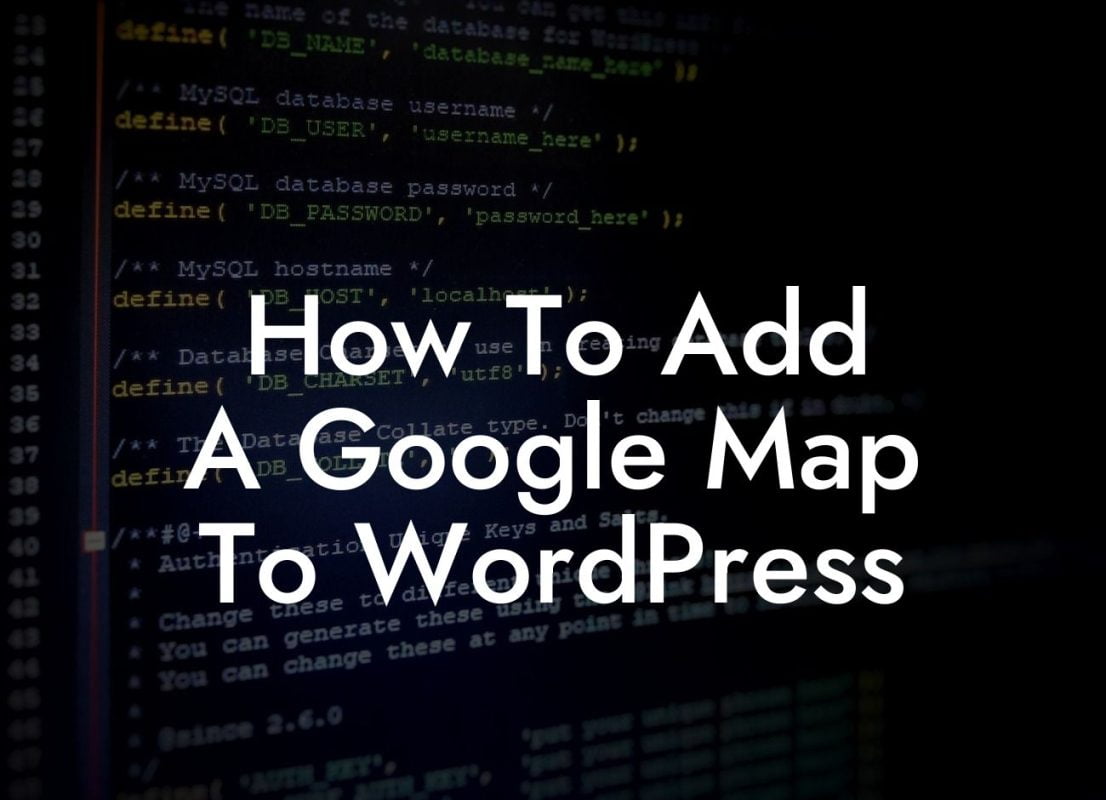Cloning a WordPress site might sound like a complex task, but with the right tools and guidance, it can be a seamless process that saves time and effort. Whether you're looking to create a backup, set up a testing environment, or duplicate your website for any other reason, we've got you covered. In this comprehensive guide, we'll take you through the step-by-step process of cloning your WordPress site. Say goodbye to the days of manual duplication and embrace an efficient method that will elevate your online presence.
Before we delve into the cloning process, it's important to understand what exactly cloning a WordPress site means. Cloning involves creating an exact replica of your website, including its content, plugins, themes, and settings. This replica can then be used as a backup or as a testing environment without affecting your live site.
To clone a WordPress site, you have multiple options depending on your technical expertise and preferences. Here are three popular methods:
1. Using a WordPress Plugin:
One of the easiest ways to clone your WordPress site is by utilizing a reliable WordPress plugin like DamnWoo's CloneMaster Pro. This powerful plugin simplifies the cloning process with just a few clicks. Install the plugin, follow the step-by-step instructions, and you'll have a cloned site up and running in no time. CloneMaster Pro ensures a smooth transition with zero data loss.
Looking For a Custom QuickBook Integration?
2. Manual Cloning:
For those who prefer a more hands-on approach, manual cloning might be the way to go. This method requires a bit more technical knowledge but can be rewarding if you're comfortable with file transfer protocols (FTP) and databases. The steps typically involve creating a new database, copying over your files, and updating the necessary settings in WordPress.
3. Using a Web Hosting Platform:
Some web hosting platforms offer built-in cloning tools, making the process even simpler. Check with your hosting provider to see if they offer any cloning functionality. This option is highly recommended if you're using a reputable hosting service as it eliminates the need for additional plugins or manual setup.
How To Clone A Wordpress Site Example:
Let's walk through a realistic example using DamnWoo's CloneMaster Pro plugin. After installing the plugin, access its settings from your WordPress dashboard. Select the source site you want to clone and specify the destination site where you want the replica to reside. Choose which components to include, such as media files, themes, or plugins. Review the settings, click the "Clone" button, and voila! Your cloned site will be available in a matter of minutes.
Cloning a WordPress site doesn't have to be a daunting task. With the methods we've covered, you can create a replica effortlessly, saving time and effort. Explore our DamnWoo plugins to supercharge your WordPress site and elevate your online presence. Don't forget to share this article with others who might find it helpful. For more in-depth guides and powerful plugins, visit DamnWoo and unlock the extraordinary possibilities for your online success.













